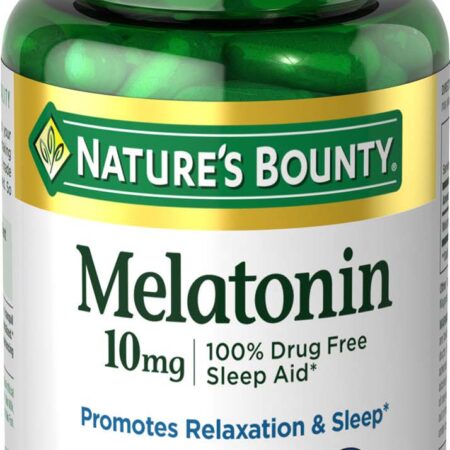Your gut germs require vitamin B12 simply as much as you do. Though DNA is normally passed from moms and dad to kid, brand-new research study reveals gut germs transfer genes through “sex” in order to take their vitamins.
Without vitamin B12, many kinds of living cells can not operate. As an outcome, there is strong competitors for it in nature. A brand-new UC Riverside research study shows helpful gut microorganisms share the capability to get this valuable resource with one another through a procedure called bacterial sex.
” The procedure includes one cell forming a tube that DNA can travel through to another cell,” stated UCR microbiologist and research study lead Patrick Degnan. “It’s as if 2 people made love, and now they both have red hair.”
Researchers have actually understood about this procedure for years, and its capability to move what are called “leaping genes” in between organisms. Previously, most of studied examples have actually been accountable for assisting bacterial cells survive when individuals consume prescription antibiotics.
” We’re thrilled about this research study due to the fact that it reveals that this procedure isn’t just for antibiotic resistance. The horizontal gene exchange amongst microorganisms is most likely utilized for anything that increases their capability to make it through, consisting of sharing vitamin B12,” Degnan stated.
Outcomes of the research study have actually been released in the journal Cell Reports.
Formerly, Degnan dealt with a job in which he and his associates recognized a crucial transporter accountable for getting B12 into gut microbial cells. More just recently, he was studying leaping genes, attempting to determine what type of info they were moving. Rapidly, Degnan acknowledged the vitamin B12 transporters as the freight.
To show what they thought, Degnan and his group combined germs that might transfer B12 and some that could not. Being on a meal together offered the germs a chance to form a tube called a sex pillus that assisted in the transfer. After, they recognized that germs formerly not able to transfer B12 were all still alive and had actually obtained the genes with the capability to transfer B12.
They did a 2nd experiment analyzing the whole genome of the germs.
” In an offered organism, we can see bands of DNA that resemble finger prints. The receivers of the B12 transporters had an additional band revealing the brand-new DNA they obtained from a donor,” Degnan stated.
Not just was the experiment effective in test tubes, however likewise inside mice.
The kind of helpful gut germs utilized in the research study are Bacteroides, which live in the big intestinal tracts of the majority of people. Among their crucial services to people is breaking down complex carbs for energy.
” The huge, long particles from sweet potatoes, beans, entire grains, and veggies would travel through our bodies completely without these germs. They break those down so we can get energy from them,” Degnan described.
Bacteroides, in addition to other germs, likewise provide our guts a barrier layer that can assist limit pathogens from getting into. For instance, previous research study led by co-author Ansel Hsiao, likewise at UC Riverside, reveals some people have neighborhoods of microorganisms in their gut that make them more resistant to cholera.
Knowing how to keep these germs healthy might likewise assist benefit individuals, provided the crucial services they carry out.
” There’s nobody method to have a healthy microbiome, however typically, having a varied neighborhood of anaerobic germs is a healthy thing and can have helpful results,” Degnan stated.






